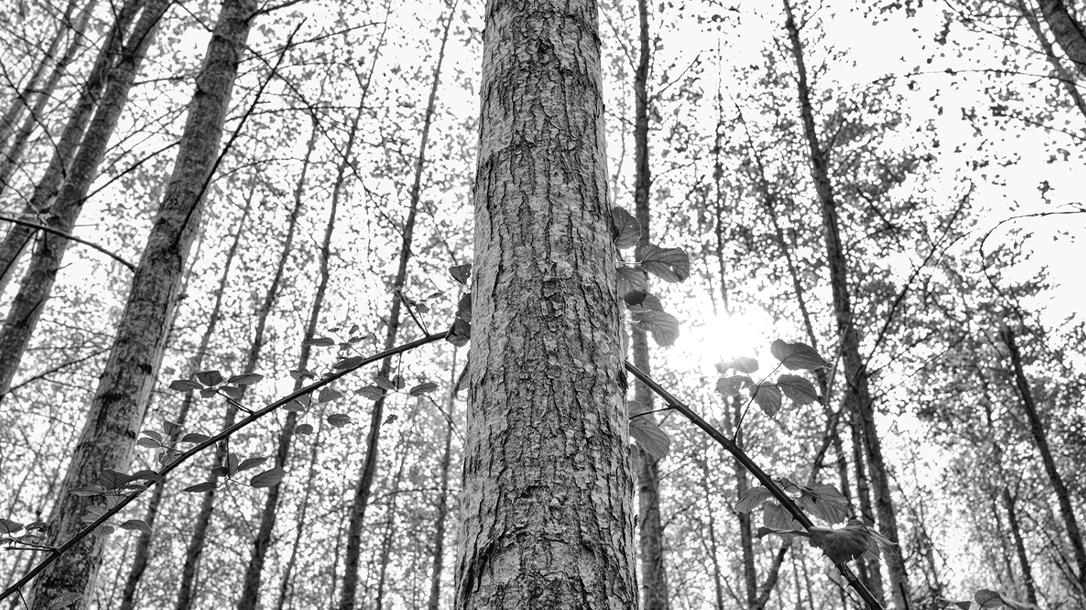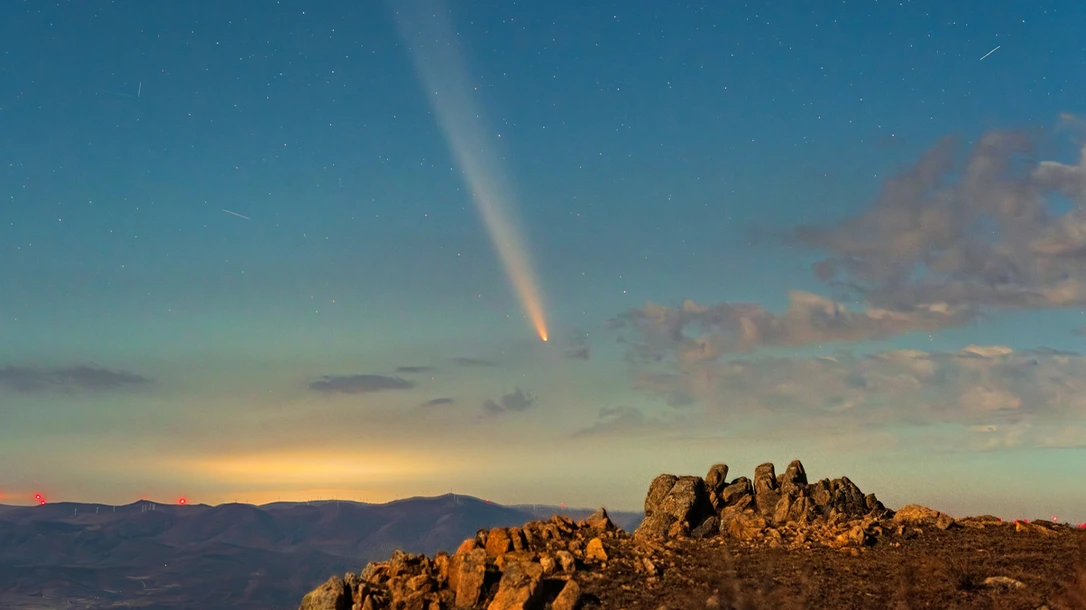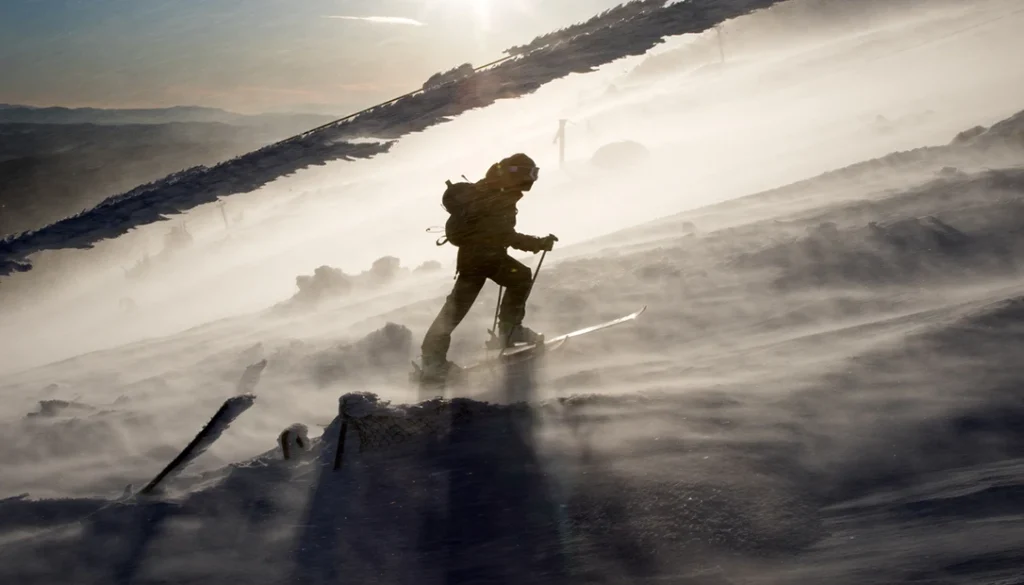At dawn on June 30th, 1908, Earth witnessed one of nature’s most dramatic and mysterious spectacles: the Tunguska Event. Hidden far off in Siberia, above the junction of the Podkamennaya Tunguska River and the East Siberian taiga, a large airburst ruptured across the sky, unleashing energy equivalent to 10–15 megatons of TNT. This is hundreds of times more powerful than the atomic bombs of World War II.
Eyewitness reports from hundreds of kilometers away painted vivid scenes of a fiery column splitting the dawn, a flash nearly as bright as the sun, followed by a deafening roar. A shockwave rolled across the land, shaking the ground like an earthquake and shattering windows in remote settlements. This remains one of the most dramatic cosmic incidents in modern memory.

Advertisement — Continue Reading Below
The Mystery of Tunguska
On that fateful morning, a space object, likely a stony asteroid or comet fragment, about 50–100 meters wide, barreled through the atmosphere at supersonic speed (possibly 20–27 km/s or around Mach 80) before bursting at an altitude of 5–10 km. The resulting airburst produced a fireball and shockwave that leveled approximately 2,000–2,150 km² of forest, toppling around 80 million trees in a radial pattern from the blast center. Seismic stations across Eurasia caught tremors from the explosion, and atmospheric pressure waves were detected as far away as Europe and North America
No Crater
One of the most puzzling aspects of the Tunguska Event is the complete absence of an impact crater. Because the airburst occurred high above the surface, the object disintegrated in midair, leaving no crater. Legendary Soviet geologist Leonid Kulik led expeditions in 1927–1930 to the site, mapping the radial pattern of the felled trees and documenting a marshy bog at the site’s center. This is a mute testament to an immense blast with no physical strike.
Origins: Comet, Meteor, or Something Else?
Scientists have long debated whether a comet or a meteor caused the Tunguska Event. Some argue that cometary ice fragments could explain the clouds and lingering night glow observed across Europe after the disaster. Others lean toward a stony asteroid —a more compact body, perhaps 50–100 meters wide —entering the atmosphere at high speed and exploding, as deduced from soil samples and the rapid airburst itself. Contemporary reconstructions even consider the possibility of other, more exotic space bodies, but the consensus tilts toward a meteor-derived airburst.
Advertisement — Continue Reading Below
The consequences of the Tunguska Event rippled far beyond the Siberian taiga. Strange glowing skies blanketed Europe and Asia for days, as high-altitude ice crystals formed in the atmosphere, diffusing sunlight even at midnight. Observers in Sweden and Scotland reportedly took photographs at midnight without flash, evidence of eerie but lasting light conditions. Meanwhile, atmospheric transparency declined measurably.
This impact was registered by observatories such as Mount Wilson in California. Although rare, events like the Tunguska Event are considered possible within the next century. With modern Near-Earth Object (NEO) monitoring, detecting and deflecting potential threats has become a growing scientific priority.
Scientists Left Puzzled
In a fascinating twist, Italian scientists from the University of Bologna have proposed that Lake Cheko, about 8 km northwest of the blast epicenter, may conceal a secondary impact crater, possibly carved by a surviving fragment that struck the ground. They cite a bowl-shaped morphology, a geophysical anomaly detected at a depth of approximately 10 m below the lake bed, and sediment patterns suggesting a recent origin as supporting evidence.
Advertisement — Continue Reading Below
However, skeptics note that century-old trees intact around the lake rim suggest it was there before the event. These researchers argue the lake’s characteristics could have natural origins or predate 1908. Later computational models have mapped potential fragment fall zones, which place Lake Cheko just outside a likely strewn field, further complicating the crater hypothesis.

Scientific Legacy and Planetary Defense
The Tunguska Event wasn’t just a scientific curiosity; it became a catalyst for the modern study of cosmic impacts. Before 1908, few scientists seriously considered the potential of large meteor explosions above Earth’s surface. After Tunguska, researchers began systematically collecting eyewitness reports, building more robust seismic networks, and modeling atmospheric airbursts. These efforts directly influenced later programs such as NASA’s Near-Earth Object Observations and the European Space Agency’s Hera mission.
Advertisement — Continue Reading Below
Today, monitoring systems track thousands of asteroids and comets, and international projects simulate deflection techniques, ranging from kinetic impactors to “gravity tractors”, to protect Earth from a future Tunguska-scale threat. In fact, Tunguska has become a benchmark for calibrating impact-risk models. Modern supercomputer simulations of airbursts use 1908 data to estimate damage zones in urban areas today, shaping international policy and emergency response plans.
The Chelyabinsk meteor of 2013, an object about 20 m across that exploded over Russia, validated many Tunguska-derived models and reminded governments that “city-killer” airbursts are far more common than giant extinction-level asteroids. As a result, global agencies now coordinate impact-hazard drills with scenarios explicitly modeled on the scale and physics of the Tunguska event.
The Human Story: Eyewitnesses and Folklore
While the Tunguska Event is often framed in scientific terms, it was first and foremost a human experience for remote Siberian communities. Indigenous Evenki herders and Russian settlers saw a “sun-like” fireball streaking overhead and felt the ground convulse. Some Evenki oral traditions describe a “fiery god” descending, burning forests, and scaring off wildlife for years. Others recall weeks of strange weather, such as glowing clouds and unusual sunsets. Collecting these testimonies decades later, Leonid Kulik had to rely on interpreters and folklore to reconstruct events.
Advertisement — Continue Reading Below
These stories remain invaluable for understanding how extraordinary natural disasters enter local mythology and shape collective memory. Modern anthropologists note that these oral histories preserve not only emotional memories but also practical survival lessons, such as avoiding burned areas and watching for strange atmospheric signs. Comparing
Tunguska testimonies, alongside accounts of other meteoric events worldwide, feature strikingly similar metaphors of “heavenly fire” or “celestial dragons,” hinting at a shared human instinct to mythologize cosmic disasters. Incorporating these narratives into scientific research helps bridge cultural knowledge and geophysical data, giving a fuller picture of what such a sudden, extraordinary event meant to those who lived through it.

Advertisement — Continue Reading Below
Cultural Resonance
The Tunguska Event reverberated through global imagination as a cosmic mystery. It inspired speculative fiction from The X‑Files to Marvel comics, weaving narratives of alien interference and secret Soviet experiments. Meanwhile, proposals for a buried crater at Lake Cheko, just 8 km from the blast center, suggest a fragment may have struck ground, but this remains speculative and contested. The Tunguska Event remains one of the most compelling astronomical phenomena. Every inquiry, whether atmospheric science, geology, or astrophysics, brings us closer to understanding the fragility of Earth’s skies and the power of a hidden meteor.
In recent decades, Tunguska has also become a powerful symbol in discussions of environmental and existential risk. Documentaries, museum exhibits, and even video games use the event as a cautionary tale about humanity’s vulnerability to low-probability, high-impact disasters.
Scholars have pointed out that Tunguska helps people visualize “planetary hazards” in the same way Krakatoa shaped thinking about volcanoes or Chernobyl about nuclear accidents. By invoking this mysterious explosion, writers and educators can connect the dots between cosmic phenomena, planetary defense, and our shared responsibility to monitor the skies.
Advertisement — Continue Reading Below
Still Many Questions
More than a century after it lit up the Siberian dawn, the Tunguska Event remains both a scientific puzzle and a warning from the cosmos. It reshaped our understanding of meteor airbursts, spurred the early stages of planetary defense planning, and entered world culture as a symbol of sudden, awe-inspiring change. Whether viewed through the lens of astrophysics, environmental history, or folklore, Tunguska reminds us that Earth travels through a dynamic solar neighborhood, and that vigilance, curiosity, and collaboration are our best tools for facing whatever the sky may bring next.

















